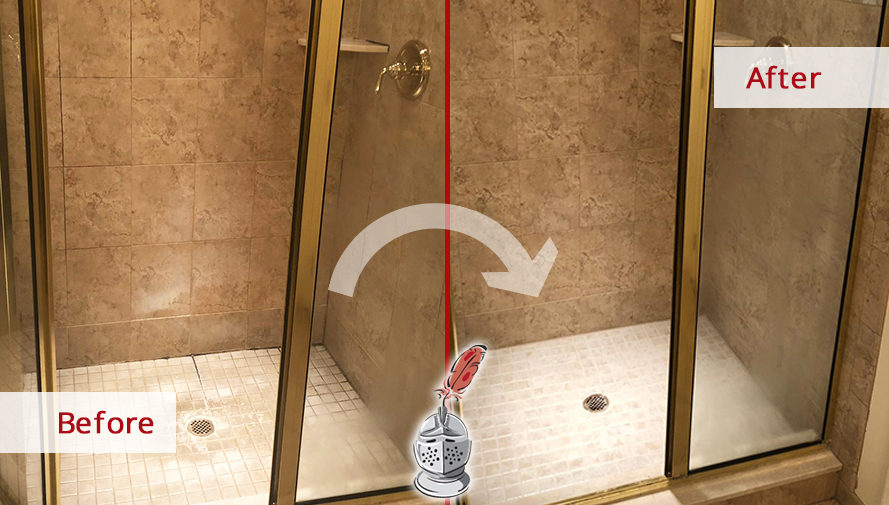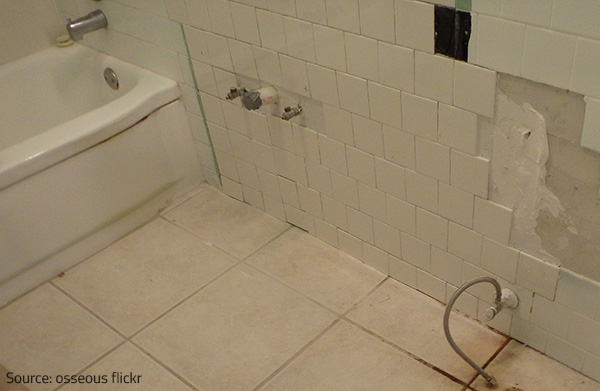Here down the page you can locate some incredibly good information and facts pertaining to Preventing Water Damage in the Bathroom.

The restroom is incredibly prone for moist buildup and also possible water damages as a result of the frequent use of water in it. This article offers easy inspection strategies to aid identifying water damages threats.
The constant use water in the shower room makes it very vulnerable for wet buildup and also possible water damage. By examining it routinely, you can reduce water related problems.
The complying with set of inspections is very easy to carry out and need to be done as soon as in every three months in order to keep your bathroom healthy and also to avoid prospective water damages brought on by the bath tub, the shower, pipe joints as well as plumbing, sinks, cupboards, and the commode
Do not forget doing these evaluations and also be complete while doing them. Bear in mind that these basic assessments can save you a lot of cash by offering early indications for water damages
Bath tub as well as Shower
The shower and bathtub call for unique interest and upkeep. Examine the tiles as well as replace if cracked. See to it that there is no missing out on grout between the floor tiles. Check and change broken caulking at joints where the wall surfaces satisfy the flooring or the bathtub. Obstructed drains and also pipes problems will certainly prevent the bath tub from drying and also may show major issues beneath the tub. Consult with a specialist instantly to stop structural damages. Take note of stainings or soft areas around the bath tub walls as they might indicate an internal leak.
Plumbing
Signs for water damages are difficult to identify because the majority of pipes are set up inside the wall surfaces.
Pay special focus to flooring as well as wall surfaces dampness and spots as they might indicate an undetectable plumbing problem. Inspect dampness levels in adjoining areas as well.
Sinks as well as Cabinets
Sinks and also cupboards are exposed to moisture as well as moisture daily as well as are usually neglected. Examine consistently under the sink and also on the countertop over it. Fix any drip in the catch as it might suggest drain issues. Check out the sink, slow draining pipes might show a blocked drain. Replace sink seals if they are split or loosened.
The Commode
The commode is a vulnerable water junction. Inspect the water lines and also look for leaks around the toilet seat, in the hose pipe, as well as under the water container. If you identify any signs of wetness on the floor around the toilet, check for leaks in the toilet rim as well as storage tank seals.
Know that hanging toilet bowl deodorants boosts the opportunities for obstructions.
Water Damage Signs In The Bathroom To Avoid Cleanup
Musty smell
This is one of the easiest signs to catch because musty smells are so odorous. The damp, earthy, moldy smell should be a big red flag. The smell will develop when moisture gets trapped in surfaces, and begins to facilitate mold growth. Leaking pipes under cabinets, inside walls, and behind shower fixtures will cause moisture to stay trapped and not dry, which will lead to mold growth and spread. As soon as you notice any musty smells in your bathroom, have it checked for hidden water damage and cleanup signs.
Visible mold
If the smell isn’t there to give it away, sometimes you will actually see mold growth. Finding mold in your bathroom is a serious problem, because mold is very harmful to your health. By the time mold growth is visible, it also means that water damage has already occurred and been present for some time. The only way the mold problem can be resolved is to find the source of the moisture and get it stopped. To safely and adequately remove mold, you need to have professionals handle the remediation. Do not waste any time in getting mold problems addressed, fixed, and sanitized so that you can protect you and your family from the many respiratory symptoms caused by mold exposure.
Damaged floors
Bathroom floors should be able to withstand some exposure to water while still remaining in good condition. However, when excess exposure or water leaks occur, they will begin to damage even the most water-resistant flooring. If you notice any cracking, bubbling, staining, or warping on your bathroom floors, there is probably a water leak somewhere causing the distortion. If you notice areas of the floor have become softer, or even have a spongy feeling, there is probably damage to the subfloor. Subflooring is typically made up of plywood. When plywood is exposed to water or moisture, it will absorb it. Once it has become saturated, the weight of the excess water will cause the wood to swell and soften. Check the floors in your bathroom frequently to catch any of these sings before they lead to damaged subflooring.
Changes on walls
When water leaks behind walls, it will cause changes in the drywall. Peeling plaster, blistering paint, and soggy wallpaper are all good indicators that excess water is building up behind the wall. Water leaking behind drywall will cause it to swell and be soft to the tough. If you start to notice gaps along the trim of your walls, or where tile meets the wall, it could also be a strong indicator that there is a leak behind the wall. Any changes, distortion, or damage on the walls should be evaluated as soon as you notice it to prevent further water damage and cleanup.

I was made aware of that report on How to Fix a Water Damage Bathroom through an acquaintance on our other blog. I beg you take a moment to promote this article if you appreciated it. I praise you for your time. Come back soon.
Top Article